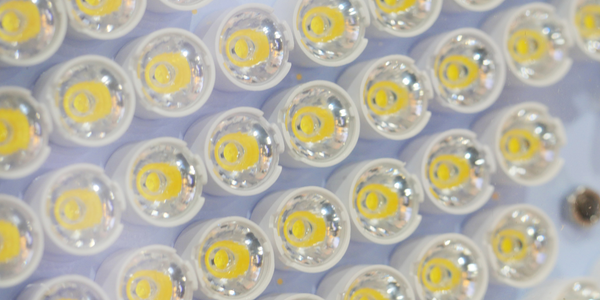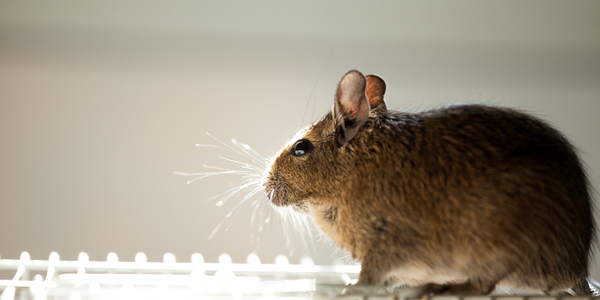Applicable Industries
- Consumer Goods
Applicable Functions
- Sales & Marketing
About The Customer
The customer in this case study is adidas, a globally recognized sports brand with a rich history of supplying football boots and kits for over 60 years. Known for its quality and innovation, adidas has been a staple in the world of football. However, with the changing dynamics of social engagement around football, the brand was facing a challenge in maintaining its appeal among its key demographic of 17-year-old consumers. Despite its traditional reputation, adidas was being perceived as less fun compared to its newer competitors. The brand needed to reinvent its image and engage with its audience in a fresh and innovative way.
The Challenge
Adidas, a traditional football brand, was facing a significant challenge in maintaining its appeal among its key audience of 17-year-old consumers. Despite its long-standing reputation as a supplier of football boots and kits for over 60 years, the brand was losing ground to newer, seemingly more fun competitors. The modern social engagement around football was changing, and adidas needed to adapt to this shift. The challenge was to reinvent the brand's image and engage with the audience in a way that no other brand had done before. The situation called for a bold and innovative approach to marketing that would resonate with the young audience and reposition adidas as a brand that understands and embraces the modern social dynamics of football.
The Solution
In response to this challenge, adidas, with the help of iris, its newly appointed Lead Global Agency, launched the #THEREWILLBEHATERS campaign. This campaign was a radical departure from conventional marketing strategies as it actively encouraged 'hate'. The campaign included a brutally simple and unexpectedly honest film that preemptively called out the trolls. It was supported by a real-time social response campaign where the brand responded to both positive and negative consumer posts. The brand's role was reframed from a mere kit maker to a 'Supplier of Confidence'. The campaign's strategy was to embrace the abuse and negative comments and turn them into motivation. It recognized that the hate was actually a sign of doing something right, thus instilling confidence in players who were the primary target audience of the campaign.
Operational Impact
Quantitative Benefit

Case Study missing?
Start adding your own!
Register with your work email and create a new case study profile for your business.
Related Case Studies.
.png)
Case Study
Improving Vending Machine Profitability with the Internet of Things (IoT)
The vending industry is undergoing a sea change, taking advantage of new technologies to go beyond just delivering snacks to creating a new retail location. Intelligent vending machines can be found in many public locations as well as company facilities, selling different types of goods and services, including even computer accessories, gold bars, tickets, and office supplies. With increasing sophistication, they may also provide time- and location-based data pertaining to sales, inventory, and customer preferences. But at the end of the day, vending machine operators know greater profitability is driven by higher sales and lower operating costs.

Case Study
Series Production with Lot-size-1 Flexibility
Nobilia manufactures customized fitted kitchens with a lot size of 1. They require maximum transparency of tracking design data and individual processing steps so that they can locate a particular piece of kitchen furniture in the sequence of processes.

Case Study
American Eagle Achieves LEED with GE LED Lighting Fixtures
American Eagle Outfitters (AEO) was in the process of building a new distribution center. The AEO facility management team decided to look at alternate options for lighting layout that could provide energy and maintenance savings. AEO would need a full-time maintenance employee just to replace burned-out fluorescent tubes.

Case Study
Revolutionizing Rodent Control
From pet- and child-safe traps, to touch-free and live-catch rodent control solutions, Victor continues to stay committed to producing superior products that meet the varying needs of today’s pest control professionals. And, with a long standing history supporting customers in the food processing, service, and retail settings, Victor knew that strict regulations were costing organizations thousands of dollars in excess overhead trying to manage their rodent-control solutions. Trap inspections in these environments are often difficult and time consuming, requiring personnel to manually check a trap’s status multiple times per day, amounting to over six hours of manual labor. Victor is looking for an innovative way to increase operational efficiencies with the use of technology.









